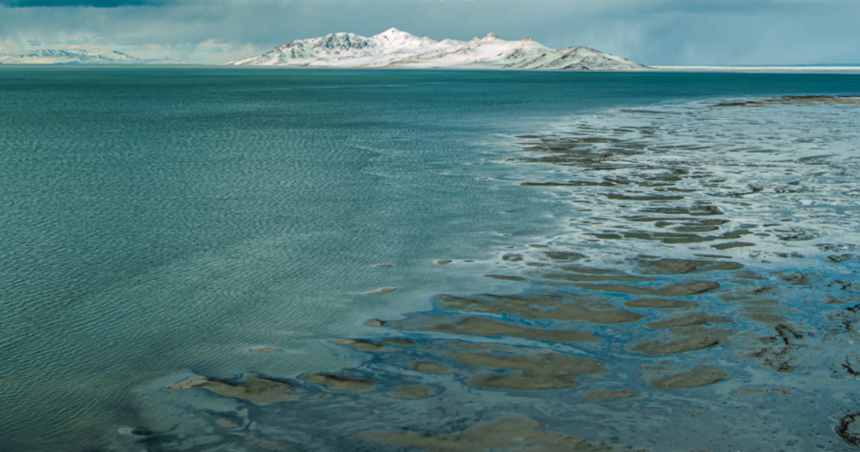SALT LAKE CITY — It continues to be good news for Utah’s snowpack as reservoirs across the state are filling up, with more available water going to the Great Salt Lake, which has risen nearly two feet since October.
Always a leader in snowpack, Alta had its wettest February on record, which will help fill streams and keep the ground saturated as spring approaches.
“Alta’s record-breaking February reminds us how much can change in a month,” said Candice Hasenyager, Director of the Division of Water Resources said.
According to the Natural Resources Conservation Service, Utah received 157% of its typical amount of snow water equivalent for February.
Because March, April and May are usually Utah’s wettest months, experts say the outlook looks great for spring runoff, which provides the state with most of its water. This is because as the ground saturates, more water is available to makes its way to streams and rivers.
Currently, over half of the state’s streams are flowing at normal or above-normal rates.
Actions taken to save the Great Salt Lake are paying off, as the basin is now at 123 percent of normal, with February’s precipitation in the basin at 183 percent of normal.
Statewide, reservoirs are currently at an 83 percent, which is 22 percent higher than normal and a drastic contrast to last year when reservoirs statewide were around half full.
“Our reservoirs are our water savings account,” Hasenyager said.
“This critical infrastructure provides us with the water security we have today. Continued studies and investments in water infrastructure will be needed for Utah’s future generations.”
But experts warn that a continued focus on water conservation and management is necessary.
Utahns are encouraged to check out the Slow the Flow website to learn about water saving incentives and practices.











